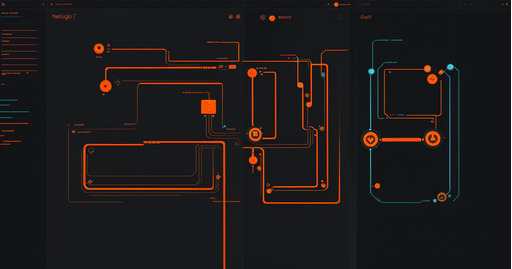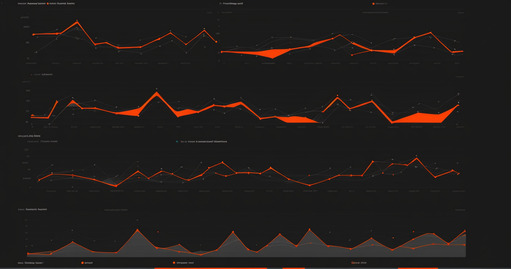Understanding the Difference: Low-Code vs High-Code Development: Low-code and high-code are two distinct approaches to building software. Low-code platforms use drag-and-drop interfaces, prebuilt components, and visual workflows to accelerate development. They enable non-developers or small IT teams to create business apps with minimal manual coding. On the other hand, high-code development involves writing software from scratch using programming languages, frameworks, and tools — typically by experienced developers. It offers maximum flexibility, scalability, and customization but requires more time and expertise. Understanding the core differences is crucial before deciding which path suits your business goals, resources, and technical capacity.
When to Choose Low-Code: Speed, Simplicity, and Cost-Effectiveness: Low-code platforms are ideal for businesses that need to build internal tools, automate workflows, or prototype MVPs quickly without investing in large development teams. They shine in scenarios where time-to-market is critical, or budgets are tight. SMBs, startups, and even enterprise departments often use low-code to empower non-technical users or “citizen developers” to create functional apps. The ability to iterate fast and deploy across web and mobile is another huge advantage. However, while low-code simplifies development, it may offer limited customization, performance, or integration depth for complex use cases. Still, for 80% of typical business needs, low-code is often more than enough.
Why High-Code Still Matters for Complex and Scalable Systems: High-code development remains essential when building large-scale, highly customized systems. It allows developers to control every aspect of the app’s logic, design, performance, and integration. Enterprises with complex workflows, security requirements, or unique business logic often find high-code the only viable solution. It’s also preferred for creating customer-facing products that need superior UX, deep integrations, or compliance with strict technical standards. While it requires skilled developers and longer timelines, high-code ensures full flexibility and longevity. For businesses aiming to create long-term, scalable platforms — especially SaaS products — high-code offers a more robust foundation.
Hybrid Approaches: Combining Low-Code Speed with High-Code Flexibility: Modern development increasingly embraces hybrid approaches. Businesses start with low-code tools for rapid prototyping or building MVPs, then shift to high-code for scaling and customization. Many platforms now allow embedding custom code within low-code apps, offering the best of both worlds. This lets businesses balance agility with control — quickly launching solutions, while ensuring extensibility when needed. Teams can also allocate resources wisely: junior staff handle low-code tasks, while senior developers focus on high-code challenges. A hybrid strategy is especially useful for startups and digital agencies working under time pressure but planning to scale or white-label their solutions later.
Making the Right Choice for Your Business: Deciding between low-code and high-code depends on your business goals, budget, team skills, and growth plans. If you need to deploy quickly, validate an idea, or empower non-technical users, low-code is a strong fit. If your product requires deep customization, multi-tenant architecture, or rigorous security, high-code is the way to go. In some cases, combining both can unlock maximum efficiency. Always consider long-term maintainability, integration needs, and performance. Partnering with a tech company like B101 — experienced in both approaches — can help you make the smartest choice, aligning tech strategy with business outcomes.




